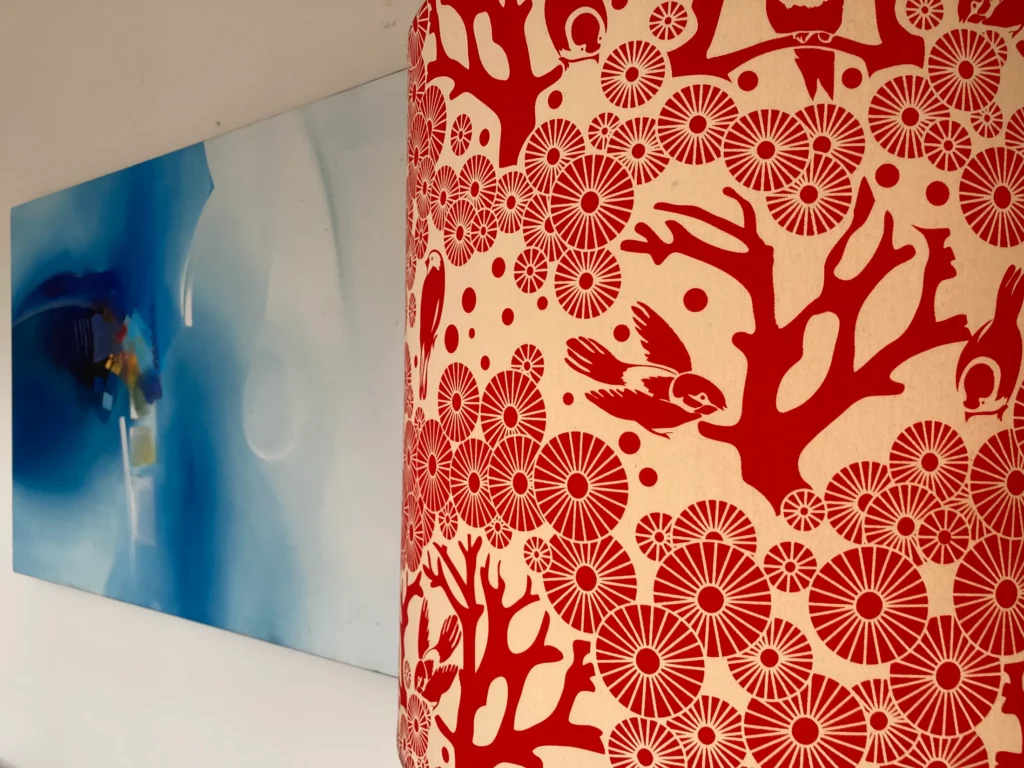What are ‘slow’ interiors?
A Sustainability Journey, Design, Home and Garden, Homeware
A Sustainability Journey, Design, Home and Garden, Homeware
This is a sponsored article from SustainabilityTracker.com member Eco Interiors.
You have likely heard of the term ‘slow fashion’ – the idea of applying a thoughtful, slow and conscious approach to the production and purchase of clothes – an antidote to ‘fast fashion’ where clothes are produced in huge quantities, at low cost and with low quality. A system that encourages and promotes consumption and disposal at a high rate. So how does the idea of ‘slow fashion’ translate to interior design and decoration?
Interior design trends come and go just like fashion trends. The emergence of low-cost, often low-quality, furniture and homewares parallels the fast fashion movement and means that the turnover and waste from our indoor furnishings is at an all-time high. You only need to walk the streets during a hard rubbish collection to see the amount of perfectly good furniture being sent to landfill. It didn’t cost much so we don’t value it.
Styling a slow, or conscious interior, means spending time and thought on each aspect of your home’s décor. This does mean slowing down and taking time. Time to identify what you have and what you really need, what you love and what you will most likely love in the future. It means taking the time to identify the options available and to research purchases. It is, at its core, a sustainable approach to decorating your home with the added benefit that you will also produce a unique home that truly reflects your own individual style. A beautiful home full of personality and warmth rather than a ‘cookie cutter’ house that just ticks the current trend boxes.

The best place to start when styling a conscious interior is to look at what you already have. Identify items that you love as they are and items that could potentially be given a new life with a simple makeover such as a coat of paint (if you find this hard please get in touch as we would be happy to help). Inevitably in life, we all collect some items of furniture and homewares that no longer speak to us or serve a purpose. It is good to identify these items too but rather than simply sending them to landfill take responsibility for them. If they are still in good condition then sell these times or donate them. There are numerous Facebook pages dedicated to this as well as sites like Gumtree, eBay and Freecycle, along with many local charity stores.
Once you have pinpointed the items that you love – spend some time identifying your own style and the style of any additional products you are looking for (if you need a bit more help in this area have a read of our blog on creating a home you will love).
Next, identify any additional furniture or decor items you do need to purchase and spend some time researching where you might acquire these. It is well worth looking through second-hand sale sites and op shops as you often find amazing pieces that not only suit your style but are inexpensive, high quality and add true individuality to your home.
If you do decide to buy new products it is worth asking yourself a number of questions:
It is a commonly held belief that buying sustainably is expensive. This can be the case but is not always true. When looking at the cost of an item you need to weigh up both the quality of the workmanship and the longevity of the product. Something that is made well and will last you many years is often no more expensive than buying the same product multiple times because it has broken or is no longer fit for purpose.
So, although it is tempting to run and get that ‘quick fix’, there is significant long-term value – economically, environmentally and emotionally – in slowing down, taking your time and buying right. A thoughtfully curated home filled with unique and quality items will always stand the test of time, it will bring you joy and ultimately create a more beautiful place to live – both within the four walls of your home and on the planet that houses us all.
This is an article from a SustainabilityTracker.com Member. The views and opinions we express here don’t necessarily reflect our organisation.